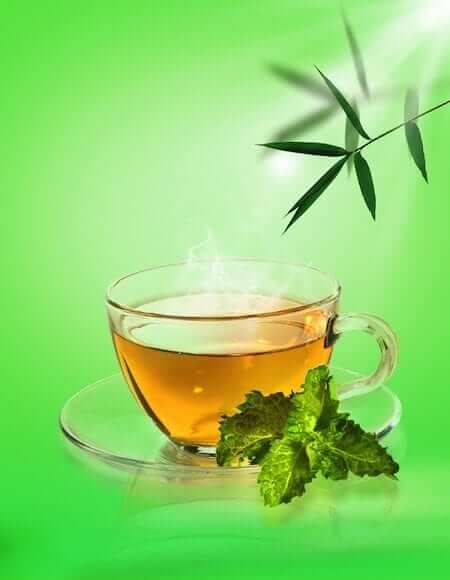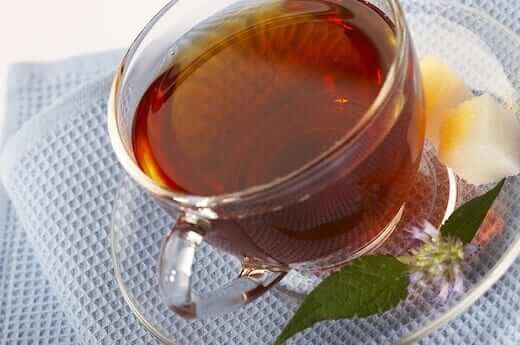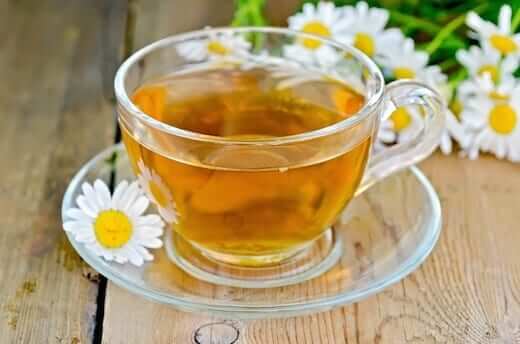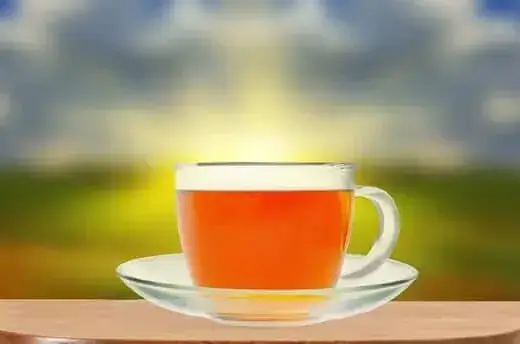How to Brew Tea
Learning how to brew tea was once an ancient, important practice. There was special brewing equipment you have to use and tea leaves had to be picked carefully. These days, hot water dispensers and tea bags make tea something you can put together in seconds. Because it’s rushed, your cup of tea might not be…
This post may contain affiliate links. Please read our disclosure policy.
Learning how to brew tea was once an ancient, important practice. There was special brewing equipment you have to use and tea leaves had to be picked carefully. These days, hot water dispensers and tea bags make tea something you can put together in seconds. Because it’s rushed, your cup of tea might not be strong enough, essential nutrients might remain in the bag and its soothing scent might be lost. Knowing how to make tea the right way can bring back those heart-warming mornings and long, relaxing afternoon teas.
Types of tea
There are over 100 kinds of tea but they are usually grouped into four categories. The main types of tea are black, green, white, oolong, Rooibos and mate tea. Some may contain infusions of peppermint, flowers, ginger and many herbs. Some people prefer combining different teas together to create their own blends.
Tea can, of course, also be hot or iced. After brewing, you can make sweet tea out of it.
The brewing process
The brewing process is very simple and standard. Boil water until it’s hot and soak leaves to add flavor. However, if you want that perfect cup, you need to pay more attention to detail. The amount of leaves you use, the infusions you add, the type and the temperature of water make a huge difference.
Water
Some experts say that the water you use is not all that important. Others argue that the best type of water to brew tea is spring water. They also maintain that a cup of tea tastes much better and richer when the water contain less chlorine. Instead of tap water, they recommend you get bottled mineral or spring water.
How hot the water is also plays a part in how your tea will taste and smell. Some teas are ruined by boiling water. Teas like green, oolong and white teas tend to acquire a bitter taste when soaked in water that is too hot. Instead of allowing water to heat up all the way, turn off the teapot, kettle or whichever vessel you are using.
Tea leaves
If you’re used to making tea with bags bought from the grocery store, you’ve been missing out. The best tasting and smelling teas are made with tea leaves. There is no art to tea bags but using tea leaves to brew tea helps you customize your flavors and increase the strength of the taste.
There is much debate about the amount of tea leaves you should pour per cup. The standard is 8 ounces or a teaspoon per cup. Others say that the perfect cup needs 8 ounces per 200 ml of water you use. These standards are not set in stone. If you prefer a stronger blend, simply add another teaspoon.
It is also advisable to brew tea with loose leaves. They are high in quality but can be a little more expensive than tea bags. If you give them a little more room when steeping, you can taste the subtle flavors and infusions you’ve always wanted.




Leave a Comment